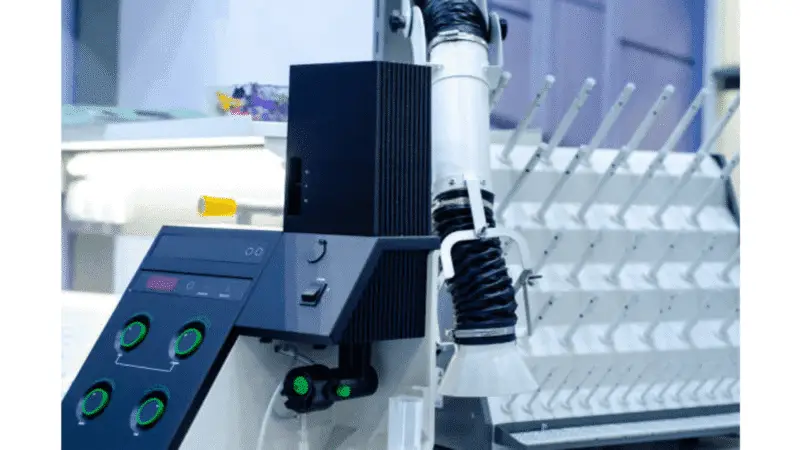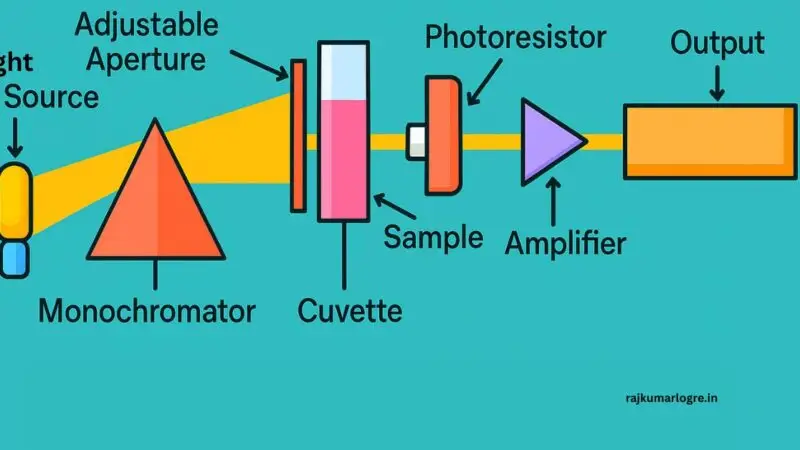How Does a Spectrophotometer Work?
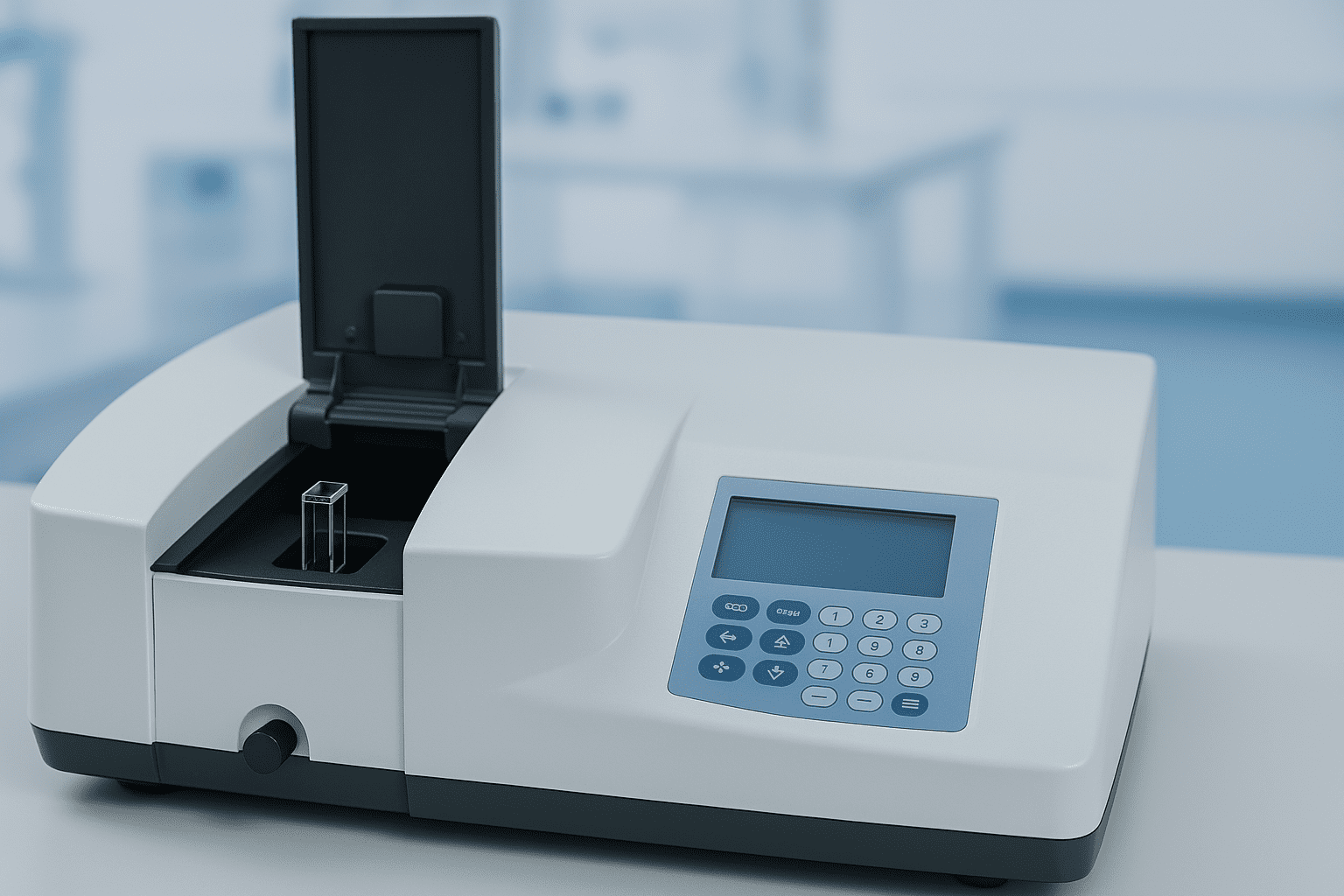
Understanding Spectrophotometers: The Backbone of Modern Analytical Science
Spectrophotometers are essential tools in laboratories around the world, playing a pivotal role in everything from environmental testing to medical diagnostics. But what exactly is a spectrophotometer, and why is it so indispensable?
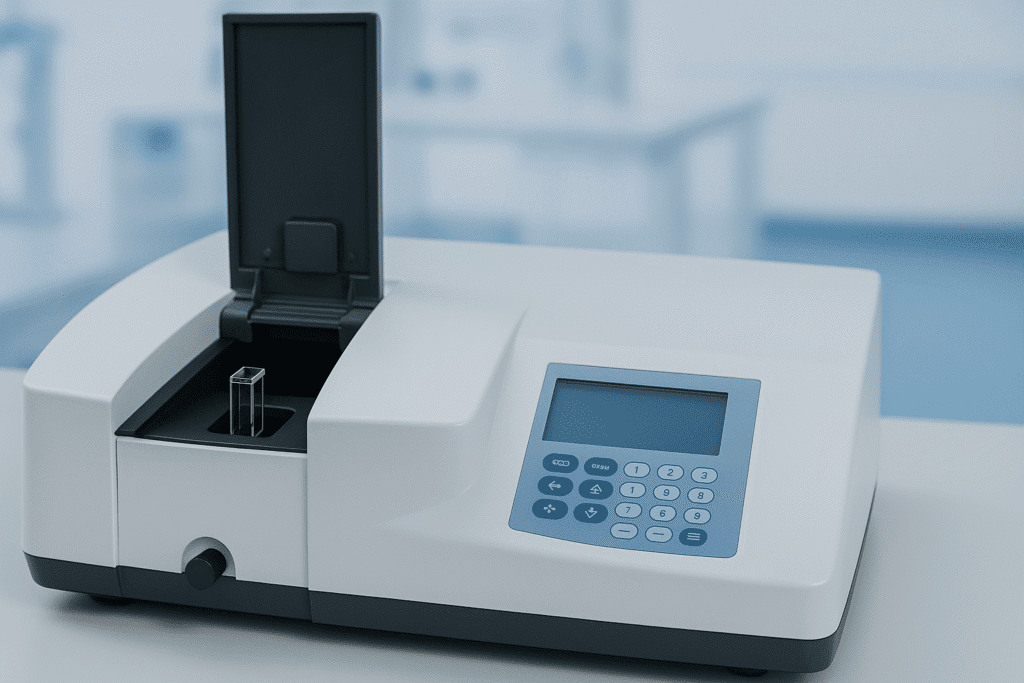
A spectrophotometer is a scientific instrument used to measure the amount of light absorbed by a substance. This light measurement helps determine the concentration of a solute in a solution. By using specific wavelengths of light, scientists can analyze the physical or chemical properties of substances with remarkable precision.
How Does a Spectrophotometer Work?
The working principle of a spectrophotometer is based on Beer-Lambert’s law, which relates the absorption of light to the properties of the material through which the light is traveling. When a beam of light passes through a sample, some of it is absorbed, and the rest is transmitted. The spectrophotometer quantifies this absorption.
The device typically consists of a light source, a monochromator to select specific wavelengths, a cuvette to hold the sample, and a detector to measure the transmitted light. The difference between the intensity of light before and after passing through the sample allows for accurate concentration analysis.
Types of Spectrophotometers
There are mainly two types of spectrophotometers:
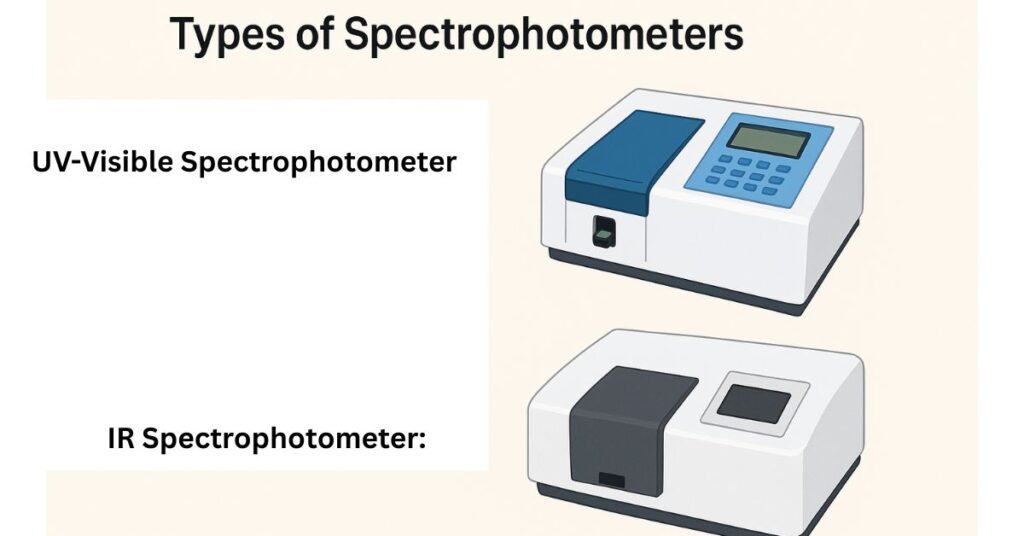
- UV-Visible Spectrophotometer: Measures absorption in the ultraviolet and visible regions of the electromagnetic spectrum (190 nm to 800 nm).
- IR Spectrophotometer: Operates in the infrared spectrum, used primarily for organic compound analysis.
Each type is suited for different applications and industries depending on the materials and the nature of analysis required.
Applications of Spectrophotometers
The versatility of spectrophotometers makes them useful across various fields:
- Medical Laboratories: Used to analyze blood and urine samples, aiding in the diagnosis of diseases.
- Environmental Science: Helps monitor pollutants and contaminants in water and air.
- Pharmaceutical Industry: Ensures drug quality and consistency during manufacturing.
- Food and Beverage Industry: Assists in color testing, sugar content analysis, and more.
Their ability to deliver quick, accurate, and non-destructive analysis makes them invaluable.
Choosing the Right Spectrophotometer
When selecting a spectrophotometer, consider the following factors:
- Wavelength Range: Ensure the device covers the spectral range needed for your applications.
- Resolution and Accuracy: Higher resolution allows for more detailed data.
- Software and Connectivity: Modern models often come with software for data analysis and digital connectivity for ease of data transfer.
Making the correct spectrophotometer choice can greatly improve your analytical skills.
Maintenance and Calibration
Regular maintenance is crucial to ensure the accuracy and longevity of a spectrophotometer. This includes:
- Cleaning the optical components regularly to prevent dust and residue buildup.
- Calibrating the device using standard solutions to maintain measurement accuracy.
- Software updates to keep data analysis tools current.
Proper care not only extends the life of the instrument but also maintains the integrity of your analytical results.
Future of Spectrophotometry
As technology develops, spectrophotometers are become smaller, cheaper, and easier to operate. Integration with AI and IoT is paving the way for smarter, automated analysis systems, making them more accessible to small labs and even fieldwork applications.
Miniaturized versions are being developed for portable use, while smart software is improving data interpretation and sharing. The future promises even greater accuracy, efficiency, and integration into digital lab ecosystems.
Read Also: 5 Reasons Every Biotech Lab Needs a Nanodrop Spectrophotometer Right Now
Conclusion
Spectrophotometers have completely changed our understanding of material composition. From labs to industries, their role in scientific analysis cannot be overstated. Whether you’re a student, researcher, or technician, understanding how to use and maintain a spectrophotometer is a valuable skill in the modern scientific landscape.
As technology continues to evolve, so too will the capabilities of spectrophotometric instruments, making them even more integral to the world of science and industry.

